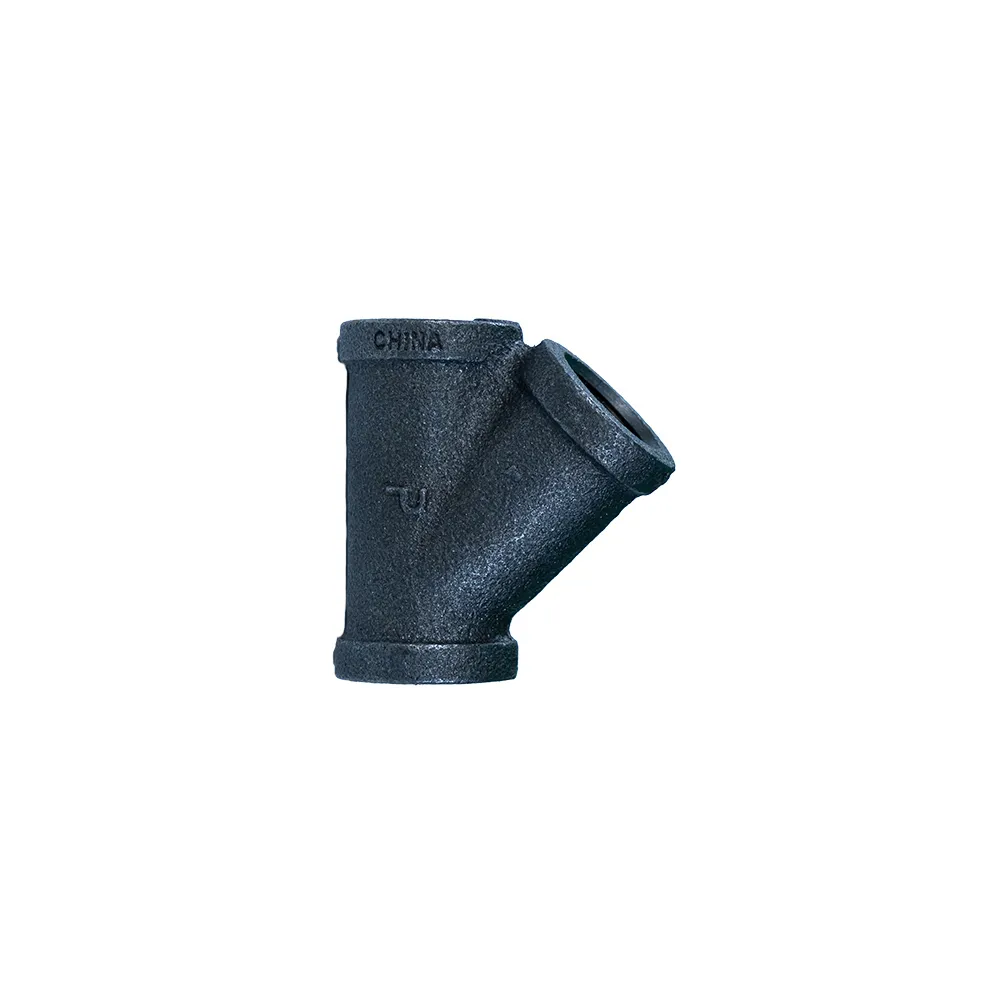Dated on Jan-10-2025


Experience has shown that BSPT threads are extensively used in applications involving gas fittings due to their self-sealing nature. The taper ensures a progressively tighter fit as the threads engage, enhancing the overall sturdiness of the connection. This is critical in scenarios where safety is the utmost concern, as even minor leaks can pose significant risks. In terms of authoritativeness, selecting whether to use BSPP or BSPT threads often depends on specific industry standards and protocols. For instance, BSPP is generally accepted practice in industries involving pneumatic components due to its ease of maintenance and superior sealing capabilities with low-pressure applications. BSPT, however, finds its niche in heavy industries where high-pressure fluid or gas transport necessitates a robust, fail-safe seal. Trustworthiness in fluid handling systems cannot be overstated. The choice between BSPP and BSPT should consider factors such as pressure levels, the propensity for vibration, ease of maintenance, and environmental conditions. Utilizing the correct type of thread for a particular application ensures not only system efficiency but also extends the lifespan of the components involved. In sum, understanding and applying the principles of BSPP and BSPT threads correctly can significantly enhance the performance, reliability, and safety of fluid transfer systems across various industries. Their respective features and advantages make them indispensable in different scenarios, underscoring the importance of making informed decisions when integrating them into your systems. By leveraging their distinct properties, businesses can achieve optimum functionality while ensuring adherence to industry standards for safety and reliability.
Post time: Jan-10-2025
Next:
Related PRODUCTS









